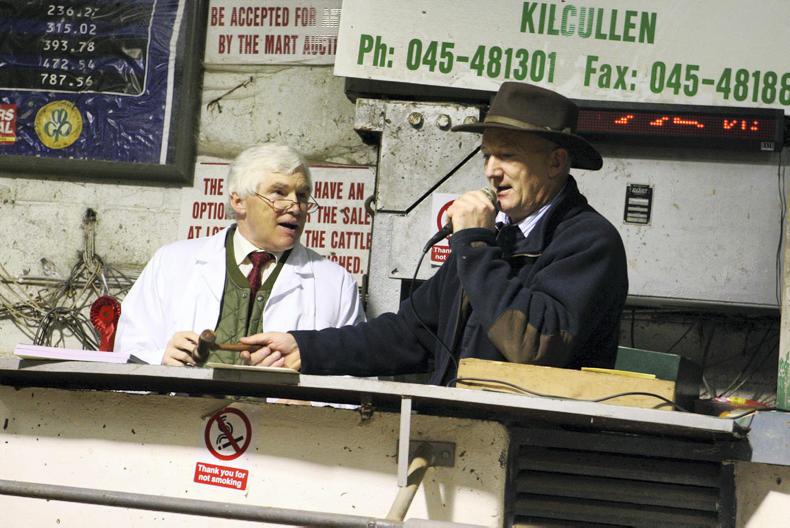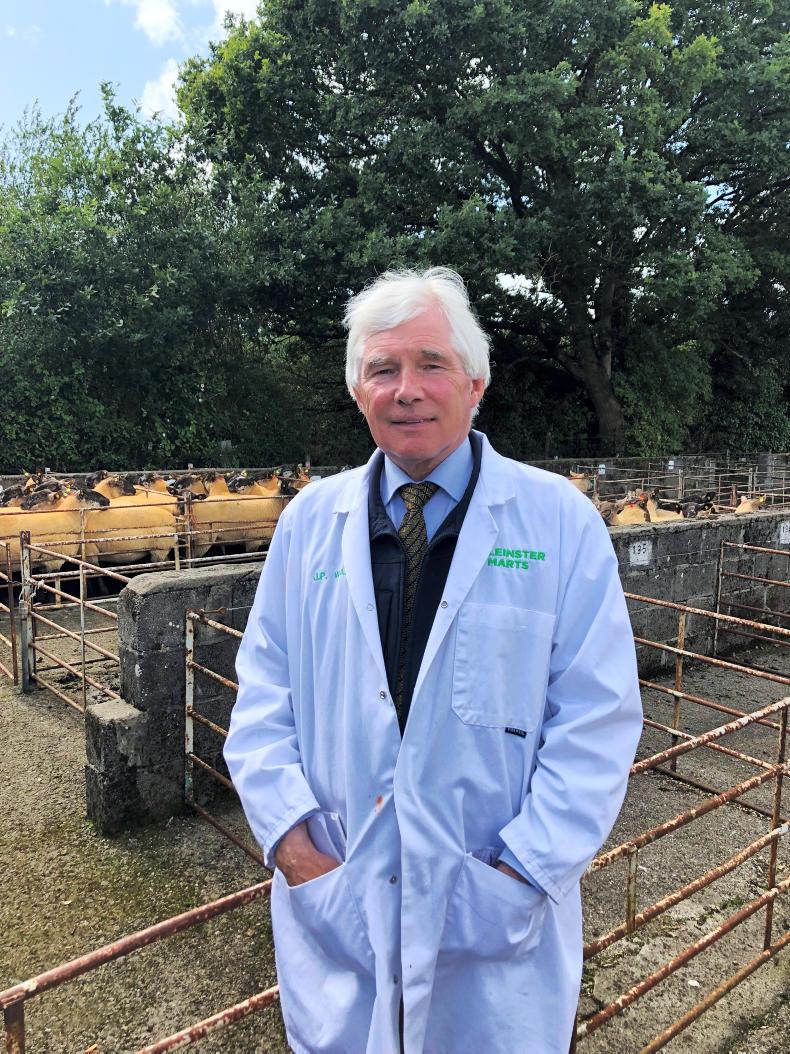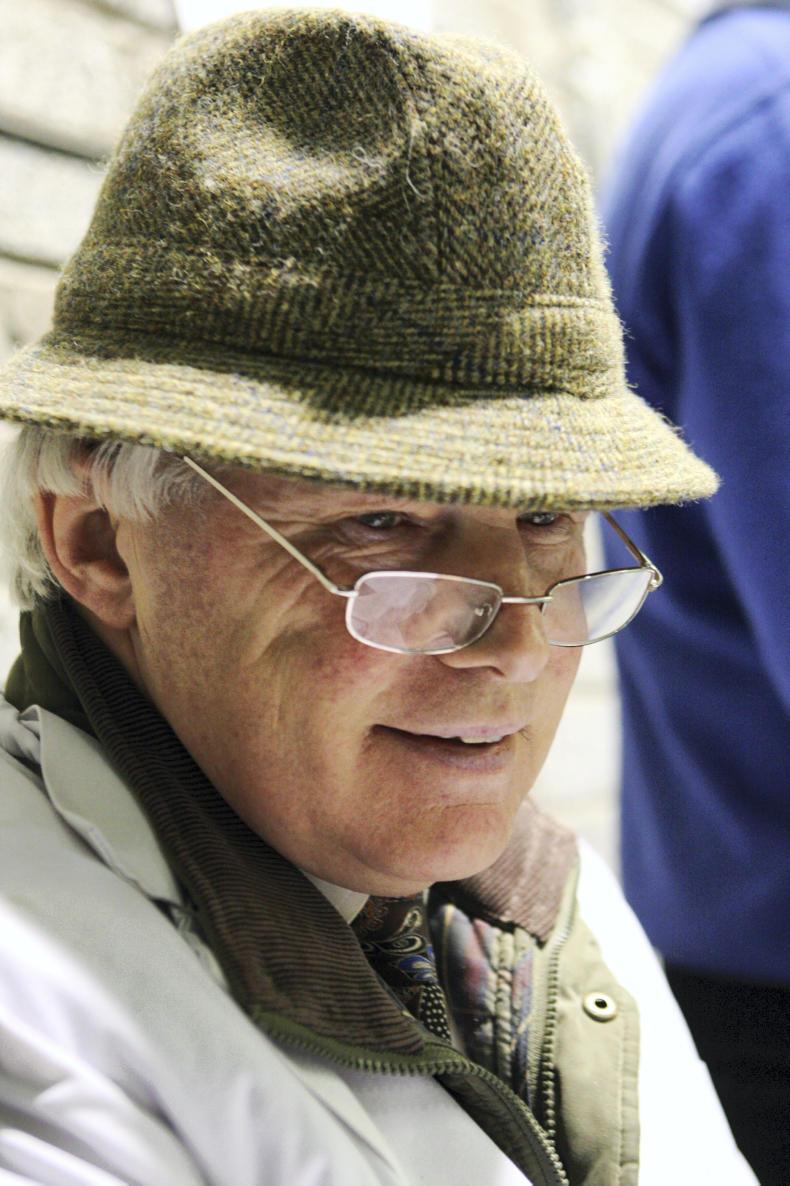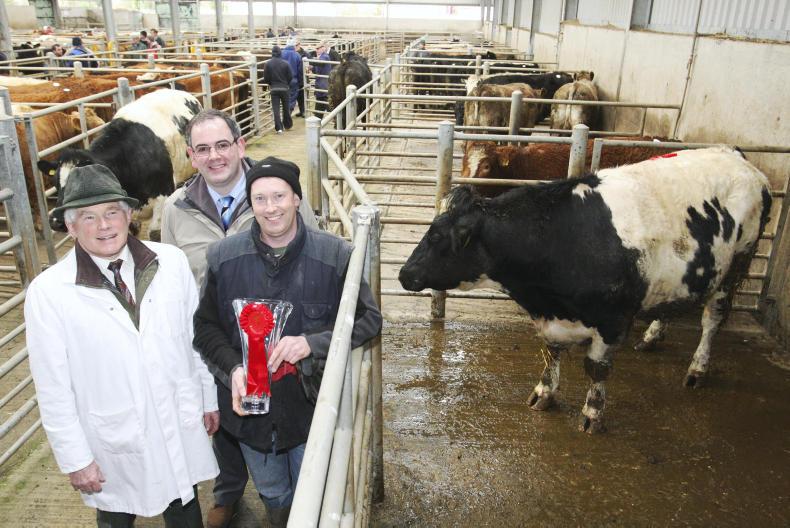

LOYALTY CODE:
The paper code cannot be redeemed when browsing in private/incognito mode. Please go to a normal browser window and enter the code there

LOYALTY CODE:
The paper code cannot be redeemed when browsing in private/incognito mode. Please go to a normal browser window and enter the code there
This content is copyright protected!
However, if you would like to share the information in this article, you may use the headline, summary and link below:
Title: My Country Living: things have changed since then
Jimmy Walsh has been employed by Leinster Co-Op Marts since his twenties and shares the history of the co-operative mart in Carlow. In conversation with Gillian Richardson
https://www.farmersjournal.ie/my-country-living-things-have-changed-since-then-511990

ENTER YOUR LOYALTY CODE:
The reader loyalty code gives you full access to the site from when you enter it until the following Wednesday at 9pm. Find your unique code on the back page of Irish Country Living every week.

CODE ACCEPTED

You have full access to farmersjournal.ie on this browser until 9pm next Wednesday. Thank you for buying the paper and using the code.

CODE NOT VALID
Please try again or contact us.
For assistance, call 01 4199525
or email subs@farmersjournal.ie
Sign in

Incorrect details
Please try again or reset password
If would like to speak to a member of
our team, please call us on 01-4199525
Reset
password
Please enter your email address and we
will send you a link to reset your password

If would like to speak to a member of
our team, please call us on 01-4199525
Link sent to
your email
address
![]()
We have sent an email to your address.
Please click on the link in this email to reset
your password. If you can't find it in your inbox,
please check your spam folder. If you can't
find the email, please call us on 01-4199525.
![]()
Email address
not recognised
There is no subscription associated with this email
address. To read our subscriber-only content.
please subscribe or use the reader loyalty code.
If would like to speak to a member of
our team, please call us on 01-4199525
 This is a subscriber-only article
This is a subscriber-only article
Update Success !


I’m the mart manager for Leinster Co-Operative Marts. Like all the best things, I came into this job by accident. I studied commerce as a student a long time ago and a position arose with the mart in the 1970s. They wanted an accountant/office manager. I was not long out of college. I had worked at different things and had come from a farm. I went there for what I expected to be a short spell. When the six months were up, I thought that was as long as I’d be there, but they asked me to stay a bit longer. The manager at the time retired, a gap arose and there was an older man on the staff who was a cattle dealer. The board of management appointed him as general manager and they put me in next to him.

I was quite young. As a young person interested in business, this wasn’t exactly the business I wanted. I had a hankering for something different. I was more interested in the motor industry at the time. When the time was up, I found the politics, the personalities and the business of the mart to be quite engaging, almost addictive. Forty-odd years later, I’m still there. The man in charge retired some years later, so that’s how it happened, by accident. Despite a good few ups and downs, I stayed with it.
Fairs
Before we had marts, we had fairs, usually on big wide streets of towns. Fairs weren’t just livestock fairs, you could have a fair for nearly any commodity. 
For the farmers that brought their cattle to the fairs, it honed a skill in them to be able to engage, meet, deal with, judge a person and their honour, take their money and meet them again the following year. That skill is mostly lost now. When the marts came, you trusted them to sell your cattle and it’s gone the full distance now and very often the seller might not be there at all. They might leave you a mobile number and say: “Give me a ring and tell me how you’re getting on.” That would be foreign to our early days, even in the mart. You would never sell a thing without the owner being there.
Another difference from the fairs to nowadays is the presence of women. Generally speaking they would have been men-only places, because if you thought highly of the woman in your life, you wouldn’t have her there. There was a lot of drunkenness and fighting. Today, our mart would often have a good attendance of young girls and women actively bidding but that would not have been the way then.
Co-operative mart
It’s probably more difficult to manage a co-operative business then it is to run a private company because in a co-op you have a number of masters to try and serve. Really, you are never your own boss, no matter how high up the ladder you are.
The idea of a co-operative mart in Carlow came from a branch of the National Farmers’ Association (NFA, now the IFA). When Carlow Co-Operative Mart started they took their lead from Kilkenny Co-Operative Mart and went along the same lines.
The co-op in Carlow registered in May 1958, they had no building and they had no mart at the time, but they had a society going. The society became owners of the fair green at the start of 1959. After a few years the mart in Carlow amalgamated with the mart in Kilcullen. In 1970, they formed Leinster Co-Operative Mart, and they bought the mart in Borris. Around that time they had five marts on the go, as they also had a mart in Bagenalstown, Co Carlow, and one in Athy, Co Kildare.
The mart reflected – and still does – reflect the changing trends in agriculture. The colours of animals changed, the feeding programmes changed and you could see that if you went to the mart.
In the 1970s we would have sold about 400 to 500 cattle every Monday in Carlow. A lot of them would have been brought from further south and sold up here. 1978 was our best year. We sold 72,000 cattle that year. The best we have achieved since then is half that. In 1979, 30-day TB testing was brought in and it took two-thirds of the cattle out of the mart system. That was the first kind of real rationalisation we had.

The marts we had in Bagenalstown and Athy were closed to try and secure the bigger marts in the co-operative.
The mart was and still is a social hub where people come to catch up with neighbours and friends and get advice. Marts will continue, because there are few better ways to buy and sell on an even playing field than a mart.
Leinster Co-operative Marts will be celebrating 50 years in operation in January 2020.
SHARING OPTIONS: